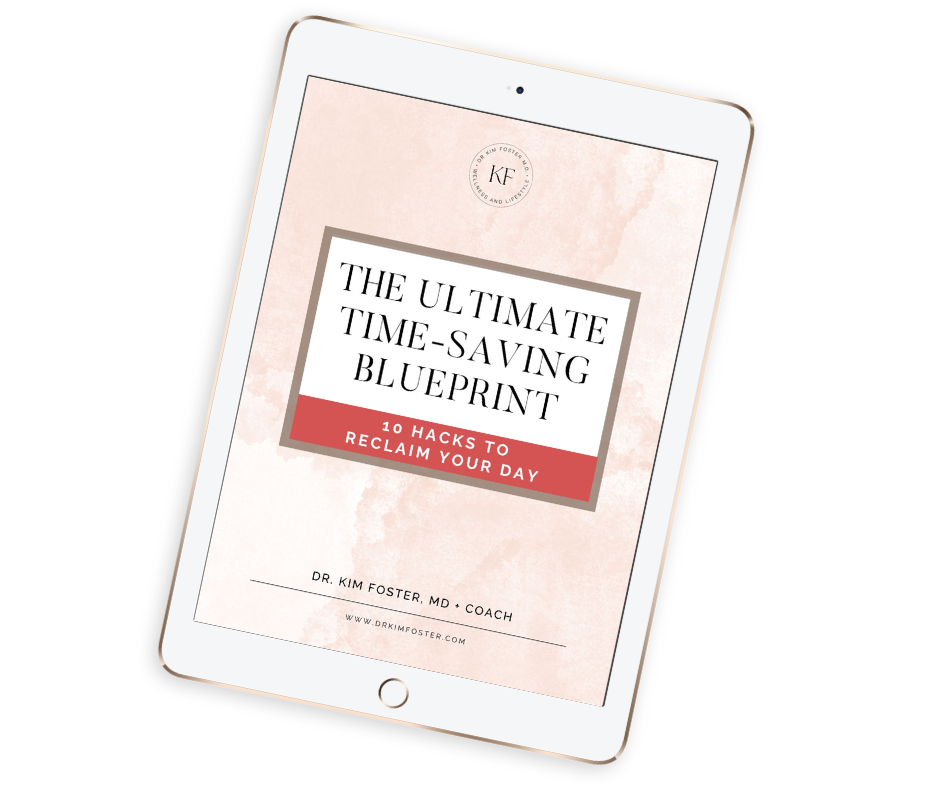Do you often feel like there are not enough hours in the day? Are you constantly rushing around and juggling multiple things, yet your to-list never seems to get any shorter?
I know this feeling all too well.
I was always racing against the clock, trying to stay in control. But everything changed when I discovered a few surprising time-management strategies and mindset shifts.
In this article, I’m walking you through the steps I followed to go from overwhelmed and exhausted to calm, in control, and even free. These tips will help you create a clear, actionable plan to reclaim your time and rediscover the peace you deserve!
What is Time Poverty?
Let’s discuss this familiar feeling of “not having enough time.” You’re not imagining it—a Gallup study found that 80% of people feel rushed, even during their downtime!
Think about that: we can’t even relax without feeling guilty about what we should be doing.
Why is that?
Part of it comes down to culture. Modern society glorifies busyness, equating it with productivity, success, and self-worth.
Then there’s the sheer number of things we’re trying to squeeze into every single day—work, family, side hustles, self-care, social media, errands, creating a never-ending to-do list.
But here’s the thing: the real issue isn’t a lack of time. It’s how we’re approaching it, which is why the first step is to shift your perspective on time…
Fixing Time Poverty
What if instead of viewing time as a limited resource we’re always short on, we saw it as abundant?
This shift is known as a time-abundance mindset. People with this mindset don’t try to cram in more and more; they focus on doing less but doing it better.
Instead of feeling like they’re perpetually racing against the clock, they remind themselves that time is flexible – it stretches when they prioritize what truly matters.
In fact, research shows that people who view time as abundant (by focusing on the quality of their moments rather than the sheer number of tasks they complete) report greater satisfaction and lower stress levels.
So, how do you make this shift?
Here are five practical strategies to start adopting a time-abundance mindset today…
1. Reframe How You Think About Time
Yes, responsibilities like work, deadlines, and family needs can feel overwhelming, but you always have small pockets of choice.
You may not be able to avoid every responsibility, but you can set boundaries, say no, or carve out five minutes for yourself. These small choices add up, helping you feel more in control and less overwhelmed.
Start to cultivate this mindset through your words. Instead of saying, “I don’t have time,” say, “I choose how to spend my time.” Every time you affirm this, you remind yourself that even with life’s demands, you still have some control.
2. Slow Down Intentionally
This is a hard one for many (it was for me), but it’s one of the most significant changes you need to make to overcome time poverty – Permitting yourself to slow down.
You see, when we rush or multitask, time feels scarce because our attention is scattered. So instead, focus on doing one thing at a time, fully and mindfully.
Whether it’s savoring your morning coffee or concentrating on a work task, slowing down helps you feel more present and makes time feel more abundant.
3. Recognize Time Abundance Moments
We all have those moments when it feels like time slows down. This usually occurs when we’re engrossed in an activity we truly enjoy, such as a hobby, a deep conversation with a close friend, or a walk in nature.
These moments serve as reminders that you can create the sensation of slowing down time or having more time. The trick? Being fully present.
Bring more mindfulness and presence to your daily activities, and you might notice that the day doesn’t whizz by quite as fast.
4. Choose What Matters Most
Time abundance isn’t about packing more into your day—it’s about doing less but prioritizing what truly matters.
Shift your focus from quantity to quality by asking yourself: What are the few things I can do today that will make the most significant difference to my happiness and goals?
These could be small but meaningful actions, like spending quality time with a loved one, making progress on a passion project, or taking care of your well-being. By directing your energy toward what aligns with your values and aspirations, you’ll feel more fulfilled and in control of your time.
5. Release The Guilt of Saying No or Taking Breaks
WhRemind yourself that it’s okay to step back, protect your peace of mind, and focus on what truly matters. Prioritizing your well-being isn’t selfish; it’s a necessity for a balanced, productive, and fulfilling life.
By letting go of the need to do it all, you make room for what’s most meaningful and give yourself the energy to show up fully for the things that count.
Practical Strategies For Overcoming Time Poverty
The five steps above will help you cultivate a time-abundant mindset. But once you’ve made this mindset shift, you need to maintain it.
Here are three practical strategies you can use daily to reinforce and sustain your time-abundance mindset…
1. Eliminate the Noise
Begin by identifying tasks that don’t truly serve your life or goals. What can you delegate, automate, or simply let go of?
Take a look at your calendar and pinpoint meetings, commitments, or obligations that drain your energy without contributing to your growth.
Then, cancel or delegate at least one of them. By freeing up this space, you’ll create more time for what truly matters.
2. Implement The 3 Priority Rule
Each day, choose just three key goals to focus on.
Why only three?
Our brains work best when we keep things simple. Studies in cognitive psychology show that limiting your focus minimizes decision fatigue and helps you follow through more effectively.As you plan your day, ask yourself: “What three things can I do today to feel truly accomplished?” By keeping it manageable, you’ll stay energized and motivated to get things done.
3. Practice Time-Blocking with Intention
Finally, ensure you structure your day around energy, not just tasks. We all have a time of day when we have more natural energy. This is known as our peak hours.
Spend a few days tracking your natural energy patterns. Do you tend to feel more focused and alert in the morning or evening?
Once you’ve uncovered your peak hours, schedule your most challenging tasks for this time, reserving your low-energy times for more routine tasks like emails.
Final Thoughts
In this week’s YouTube video, I dive deeper into how to beat time poverty and share 4 more practical strategies to cultivate and sustain a time abundance mindset.
Watch the full episode here:
Now, put what you’ve learned into action by picking one strategy to implement this week. Let me know in the comments which one you’re starting with!
Download my FREE Ultimate Time-Saving Blueprint!


FREE CLASS!
Looking to take your wellness journey to the next level?
The 3 Secrets For Stepping Into A Meaningful New Career Without Wasting Time Or Money
- find out why health & wellness coaching is a skyrocketing industry that can provide the freedom and fulfillment you’ve been craving
- discover the 3 biggest myths about health & wellness coaching that will hold you back (and what the truth is instead)
- learn the secret sauce for getting amazing results for your clients (and building a profitable business as a wellness coach)
…and more!







